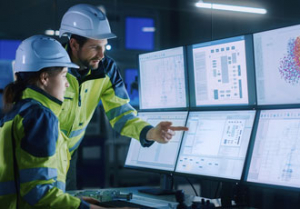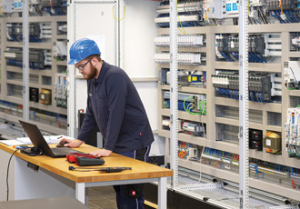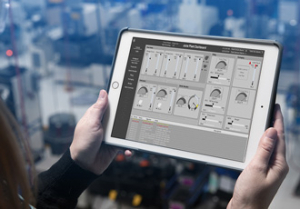Digital Twins are hard... maybe that’s good!

Why hasn’t the practice of using a Digital Twin been more widely adopted? Simple; because it can be complicated to implement and costly to maintain. But, just because it’s hard doesn’t mean it isn’t worth doing.
Guest blog written by Jeff Gowan.
In fact maybe it’s even more worth doing as the companies who can effectively leverage a Digital Twin stand to have a significant leg up on their competition. Consider the potential benefits: adopters can develop and get their products to market faster, can more efficiently test and deploy updates, and significantly decrease risk in their production systems.
A simple definition of a Digital Twin is that they enable a digital replica of physical assets. A Digital Twin provides increased confidence in the quality and correctness of a solution. Teams enjoy lower programme costs and faster time to market. A Digital Twin can enable more rapid innovation, non-destructive testing for maintenance, and can even help meet legislative mandates to test with hardware in the loop more efficiently.
Digital Twin as a concept has been used at least since the 1960s in the Aerospace & Defense (A&D) and Space industries. Recognising it is impossible to put an aircraft or satellite on every engineer's desk, teams such as NASA IV&V use a digital twin instead to enable engineers to develop and test their applications and systems.
This simulation also enables them to develop on virtual hardware when the real thing is either unavailable or in short supply. Then, simulation enables engineers to test updates in a myriad of ways that just isn't possible in the real world. When the updates are ready to deploy, they can be applied with confidence because they have been so thoroughly tested. An added benefit is that once a model of a system is built, it can be re-used on subsequent projects, resulting in cost savings and increased value.
But Digital Twins aren’t just for A&D. Telecommunications equipment manufacturers use digital twins to help with their 5G roll-out, they can be found in manufacturing and process control as we move into Industry 4.0 and IIOT, and we’re now also seeing applications in smart cities.
For some of our customers, Simics provides enough coverage to be an effective Digital Twin solution on its own. Simics provides full-system models that include processor cores, peripheral devices, memories, interconnection buses, and network connections. It allows teams to inspect a running system at any time and the software stack can run without any modification. Add to that some powerful features such as automation, time manipulation, and fault injection and Simics makes for a powerful tool for a digital twin.
However, for more complicated systems, Simics leverages all the features above and becomes an integration point to connect to multiple simulators in order to capture and manage an entire system. In this scenario your system just became much more complex, but also much more comprehensive and powerful.
Imagine having a central dashboard where you can run and automate your testing for a complete replica of your production system. How might that help you innovate and evolve your product or system in ways your competitors couldn't?
A Digital Twin is a tool that has proven to have significant benefit through all stages of a product or system life cycle.
To find out how Simics can enable this powerful tool click here. Not sure if Simics would be a good fit for your Digital Twin? Let’s have a conversation to see how Wind River can help.
Courtesy of Wind River.
Similar articles
More from Wind River Systems U.K. Ltd
- Digital Twins are hard... maybe that’s good! 27th April 2020
- Managing Windows 7 end of life for industrial systems 2nd January 2020
- Inspired by machine learning, ROS 2, Turtlebot3, and Rulex 29th November 2019
- Accelerating Towards Industry 4.0 7th March 2018




 technology at Jacobs Vehicle Systems.JPG)







Write a comment
No comments